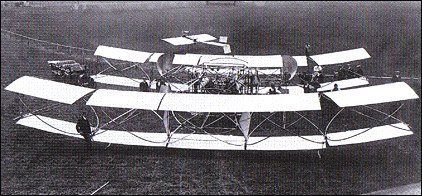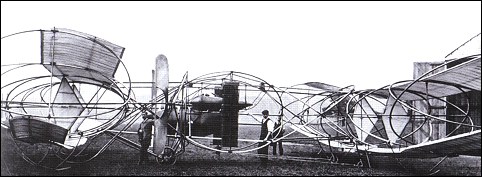 |
Seddon Mayfly1910 |  |
| Virtual Aircraft Museum / United Kingdom / Seddon | |
 |
In 1908 Lieutenant John W. Seddon of the Royal Navy was inspired by a flying paper model to design a giant tandem biplane, with which he hoped to win a GBP10,000 prize for the first Manchester to London flight. Convinced that hoops of high-tensile steel tube were much more efficient than conventional wood and wire bracing, he persuaded the Navy to give him leave to work on his project and his mother largely to pay for it. The aircraft, named optimistically (and prophetically) the 'Mayfly', was built in a bicycle factory and used up 610m of steel tubing. On its only high-speed run, a wheel collapsed and the aircraft was damaged. Repairs and modifications were hampered by Seddon's return to duty and the Mayfly never did fly, eventually being dismantled by souvenir hunters. FACTS AND FIGURES © The Mayfly was said to be intended to carry five passengers, but it is not clear where they were supposed to be accommodated. © Two piston engines in the same nacelle were connected by chains to two-bladed Beedle aluminium propellers, which look horribly inefficient, although Seddon wrote glowing letters in praise of their 'more than satisfactory pull' to the maker. © Control surfaces were a biplane elevator mounted forward and four small rudders. The outer wings pivoted forward and aft for lateral control, although their effectiveness seems unlikely.
|  All the World's Rotorcraft | |||||||||||||||||||||||||||||||||
 |

|
